Bee Hummingbird Facts
- The descriptive term of Bee Hummingbird appropriately serves as the most frequently used common name for this bird. Yet the creature does have other general titles. These include such terms as the Helena hummingbird and the zunzuncito.
- Among those within the connected fields of study, however, it’s more often referred to by its technical name. That’s a somewhat difficult moniker for the layperson to pronounce, though. That’s because it holds the scientific name of Mellisuga helenae.
- It received that appellation due to the efforts of the respected Spanish naturalist, Juan Lembeye. That researcher accomplished the first official recognition of it as a separate and distinct species. That scientifically noteworthy deed occurred in 1850.
- It stands out among its related species due to a combination of several reasons. For one, it inhabits a very specific range. Perhaps most impressively, however, is the other factor. This beautiful species represents the smallest known bird in the entire world.
- Unfortunately, partly due to the first reason on the list above, it now finds itself in moderately dire straits. The very nature of its range is a limiting factor in its survival. A small population across the entirety of that territory also creates problems for it.
- Sadly, the Bee Hummingbird now faces additional threats to its continued existence. These include such things as habitat loss, and ongoing climate change. Accordingly, the IUCN now lists the remarkable Bee Hummingbird as Near Threatened.
Related Articles
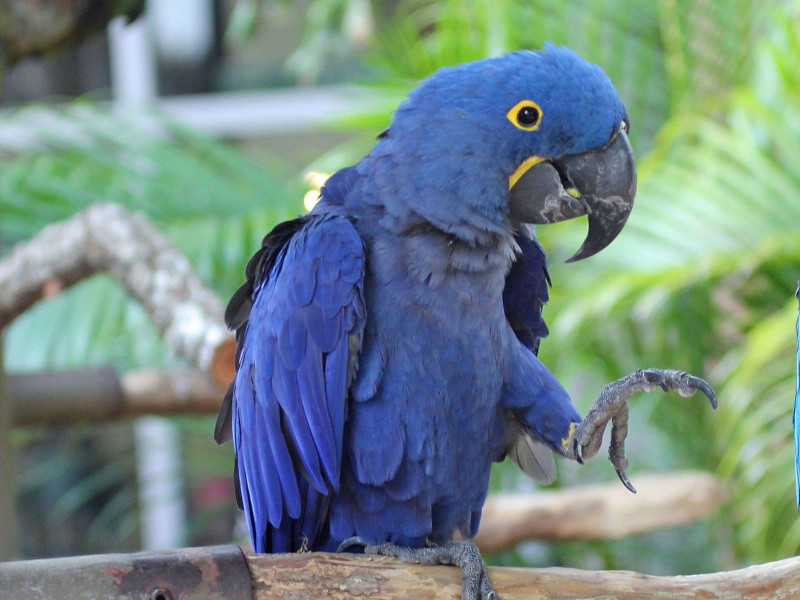
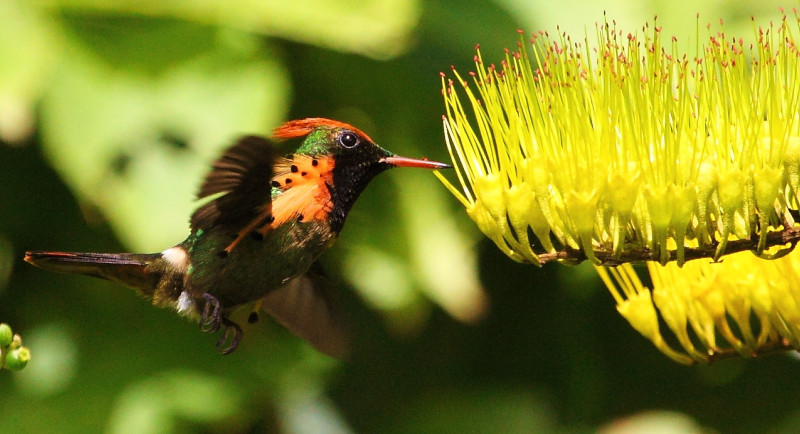
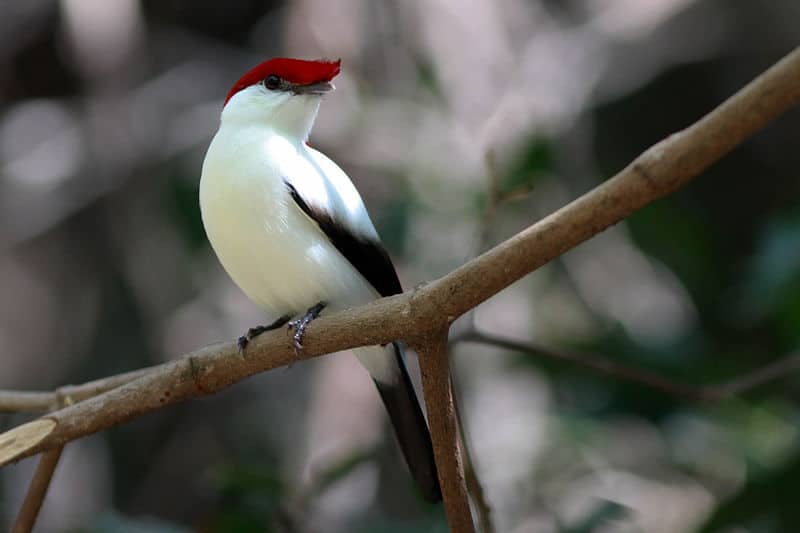
Bee Hummingbird Physical Description
The stunning Bee Hummingbird understandably garners a great deal of interest and appreciation. Its size obviously qualifies as one of the reasons for this, of course. Yet the natural marvel also receives a certain amount of interest due to its distinctive appearance.
It bears pointing out that the avian follows a pattern common to many birds in at least one respect. That’s in the fact that it displays a certain degree of the physiological characteristic of sexual dimorphism. In its case, this trait manifests itself in terms of pure physical size.
More precisely, females of the species attain greater dimensions than their male counterparts. The difference is minor, however. Females weigh an average of approximately 0.09 oz (2.6 g). Yet the males have an average mass equaling roughly 0.07 oz (1.95 g).
Further enhancing the gender-based differences within the species is the length of the body. In this regard, females again outdo the males. Males only average 2.2 in (5.5 cm) long. Meanwhile, the females grow to a mean body length measuring about 2.4 in (6.2 cm).
The remarkable Bee Hummingbird additionally draws the eye and interest due to its pattern of coloring. That’s partially true since the sexes differ once again in this manner. As indicated previously, this creation of Nature and evolution clearly distinguishes itself from its kin.
The females of this avian typically present a combination of green, white, and gray to the world. These also present small white spots on the tips of their tails. On the other hand, the males tend to show a striking blending of blue, white, green, red, and gray.
- Kingdom: Animalia
- Phylum: Chordata
- Class: Aves
- Order: Apodiformes
- Family: Trochilidae
- Genus: Mellisuga
- Species: M. helenae
Bee Hummingbird Distribution, Habitat, and Ecology
Regrettably, the intriguing Bee Hummingbird evolved as native to only a small portion of the world. The specific location of that zone of habitation may come as a surprise to many people, though. That’s because it appears in what’s now known as the West Indies.
Situated within the greater region of the Caribbean, this remains considered a subregion of North America. But inside of that larger zone, it lives in only one small section. In appears in parts of the Cuban archipelago, but is unknown outside of that small range.
The animal thankfully seems to be moderately flexible in terms of its choice of habitat, though. The majority of its current population inhabits the mogote region of the main island of the grouping, Cuba itself. Beyond that, however, it only lives in small groupings.
A few minor collections of the species live in the western portion of the island, isolated from the others on the island. Still another small group lives in the Zapata Swamp. It’s currently unknown to science if the amazing avian ever existed outside of this one archhipelago.
LIke its many relatives, the Bee Hummingbird evolved as primarily herbivorous in nature. It’s quite selective in its feeding habits, though. The animal is only known to visit 10 specific flora, nine of which are native to Cuba. It’s considered an excellent example of coevolution.
The bird does occasionally augment its floral diet with other sources of nutrition. It also eats small numbers of spiders and various small insects. Due to the extremely high rate of its metabolism, individuals frequently consume roughly half its body weight per day!
Other Island Species
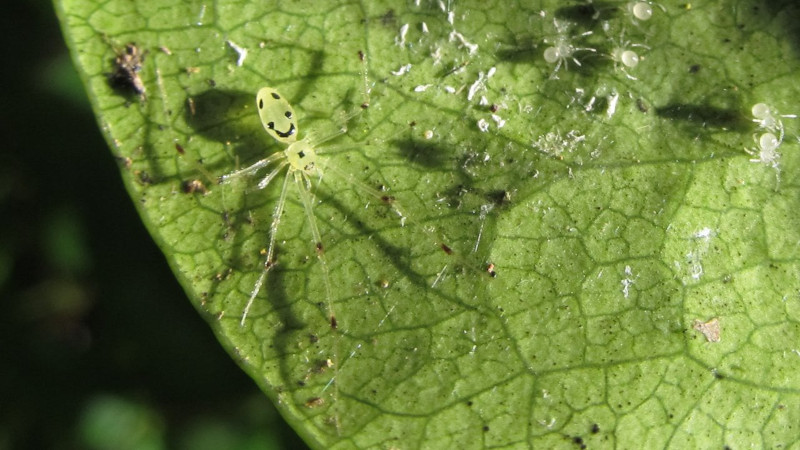
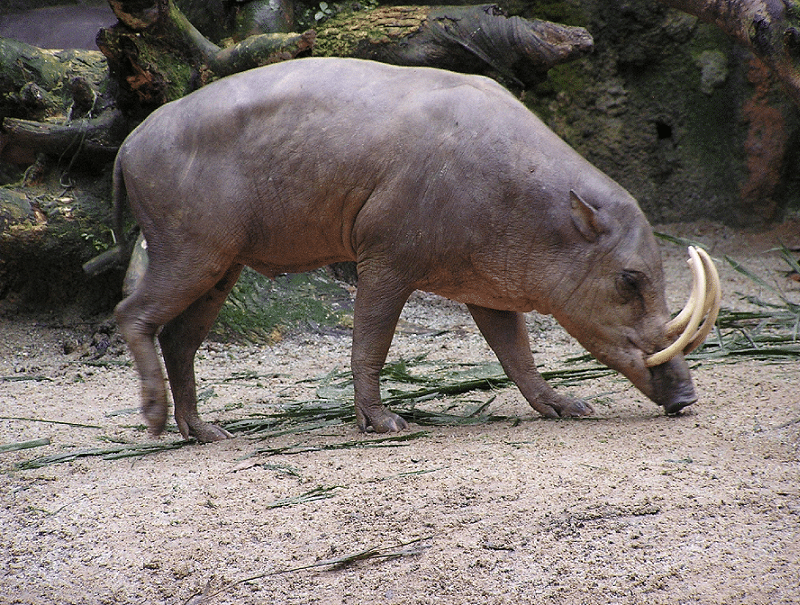
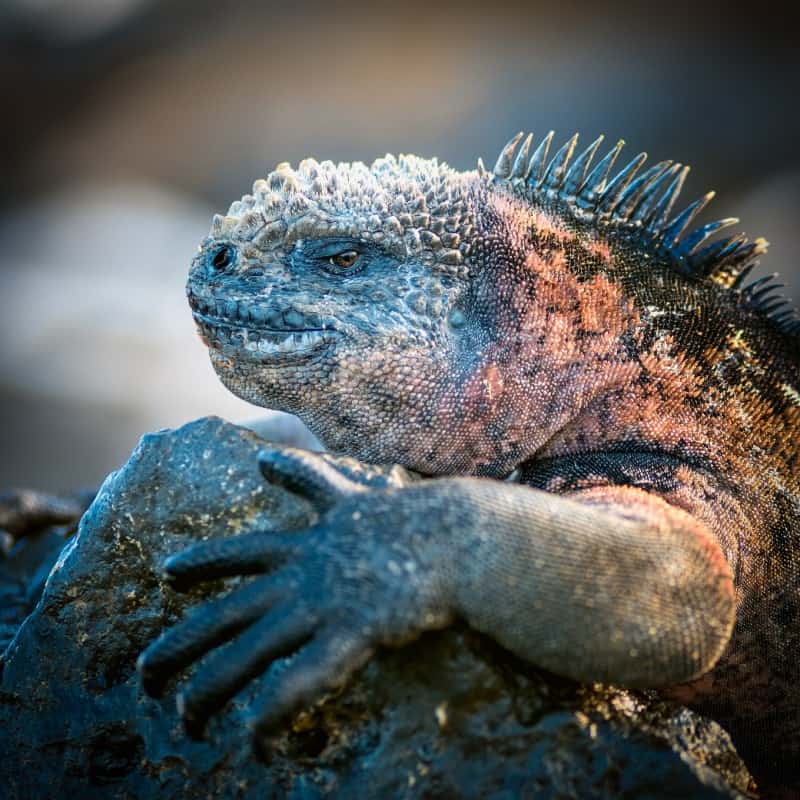
Check out our other articles on Saint Mary’s Islands, Golden Pheasant, Hoatzin, Mandarin Duck, Snowy Owl, Earth’s Geothermal Marvels, Lord Howe Island Stick Insect, Green Iguana
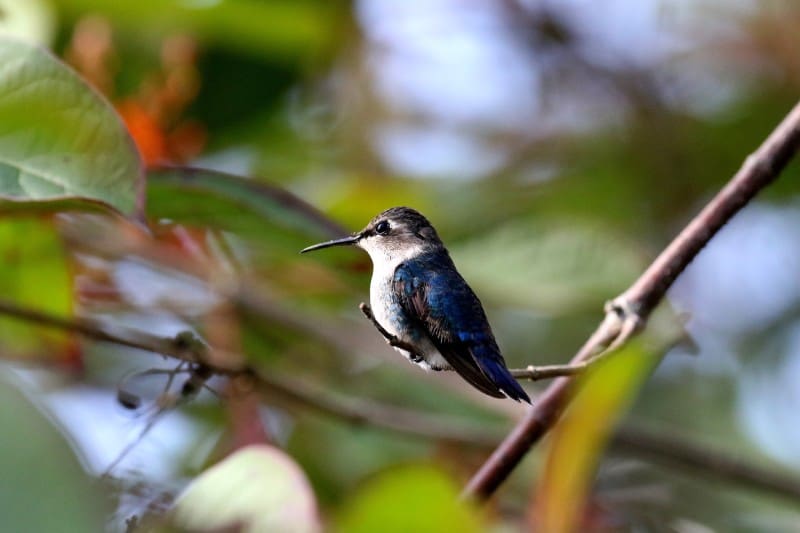
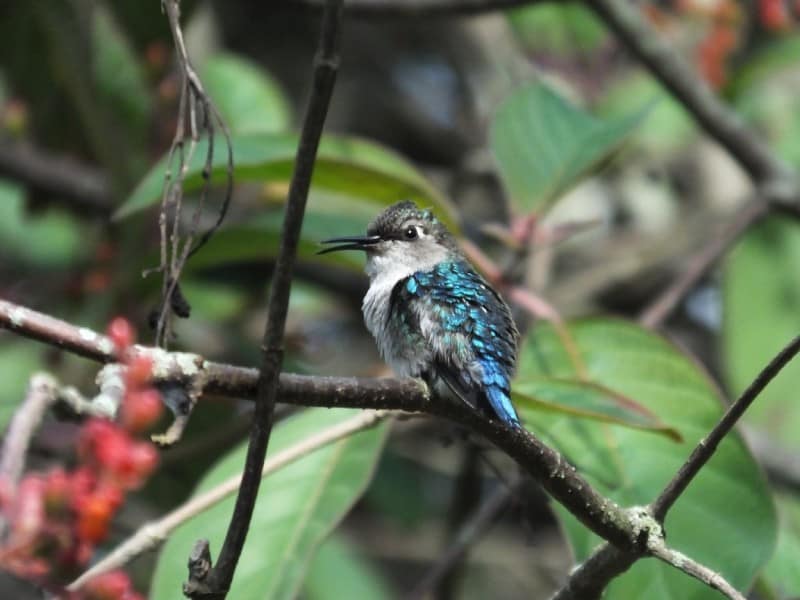
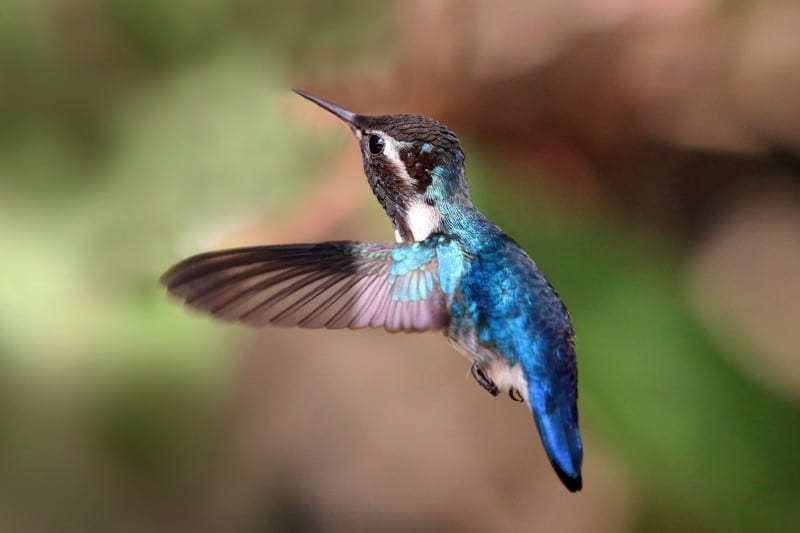









Leave a Reply